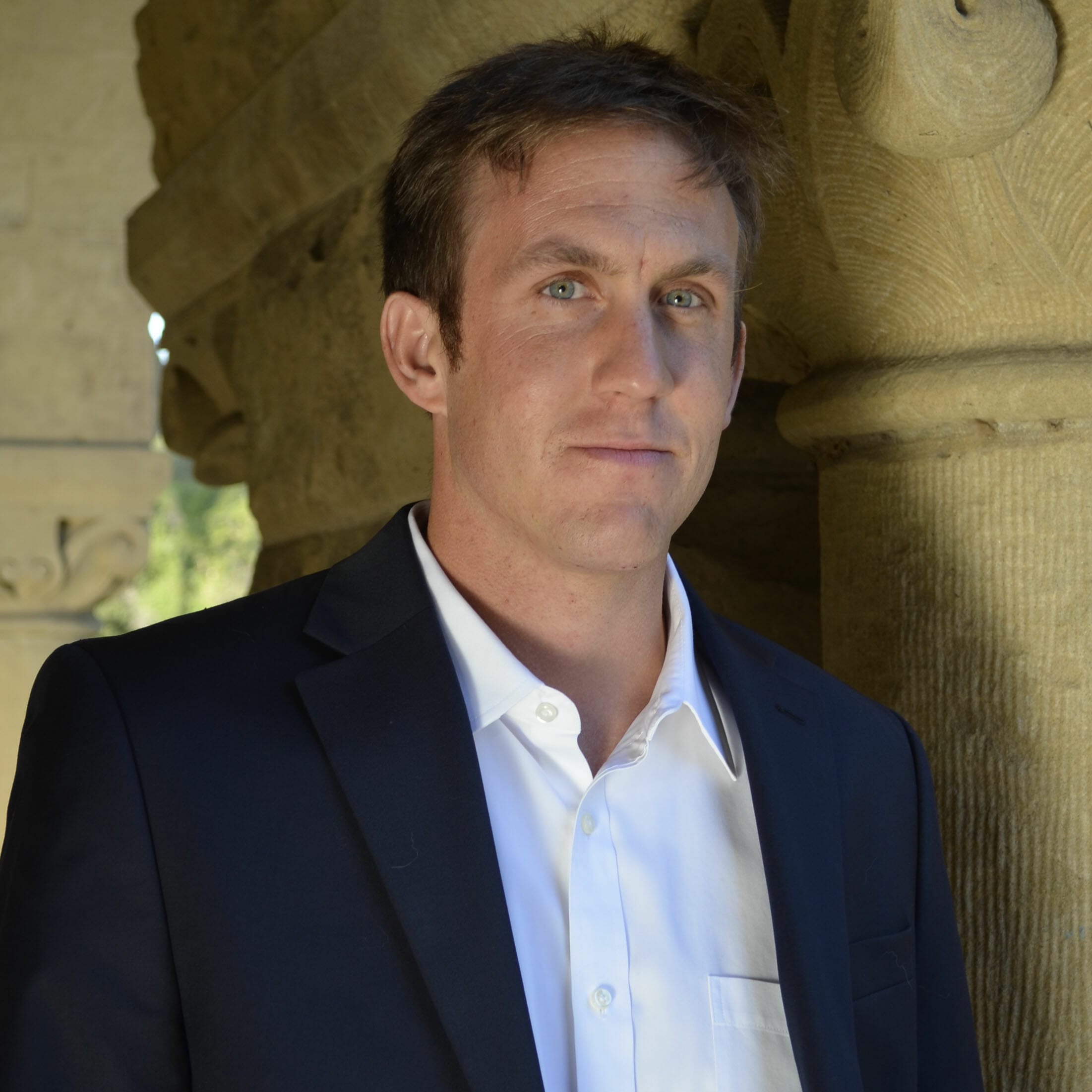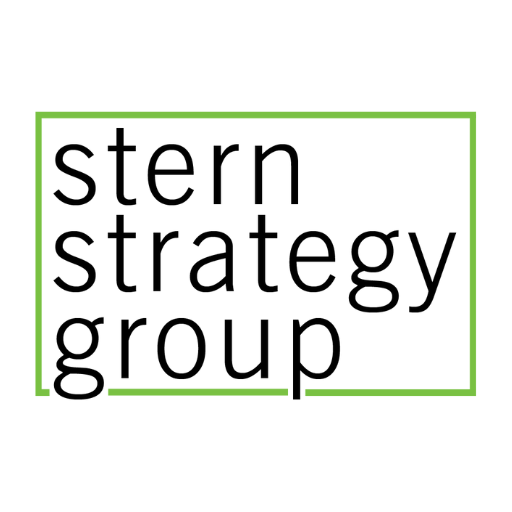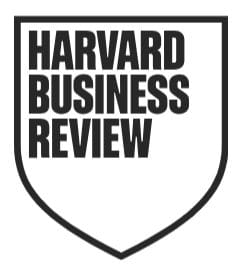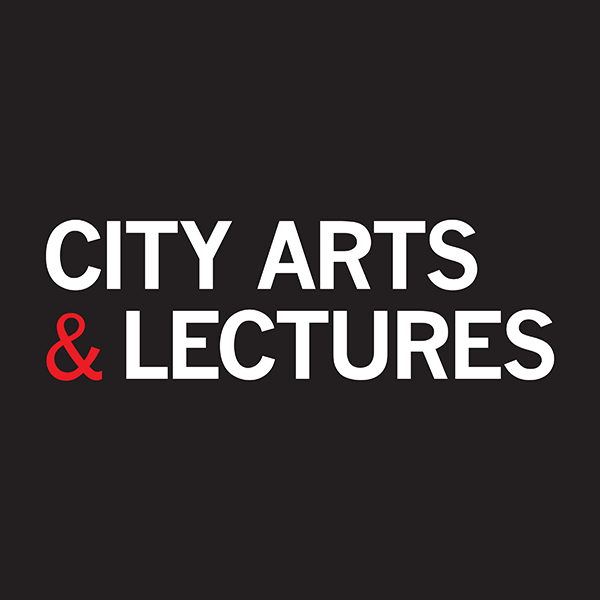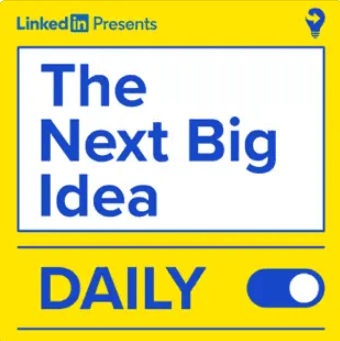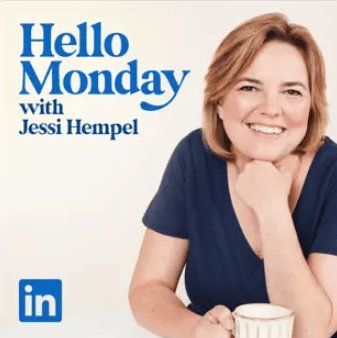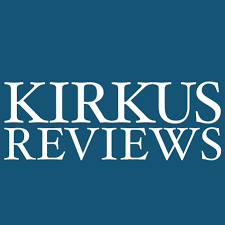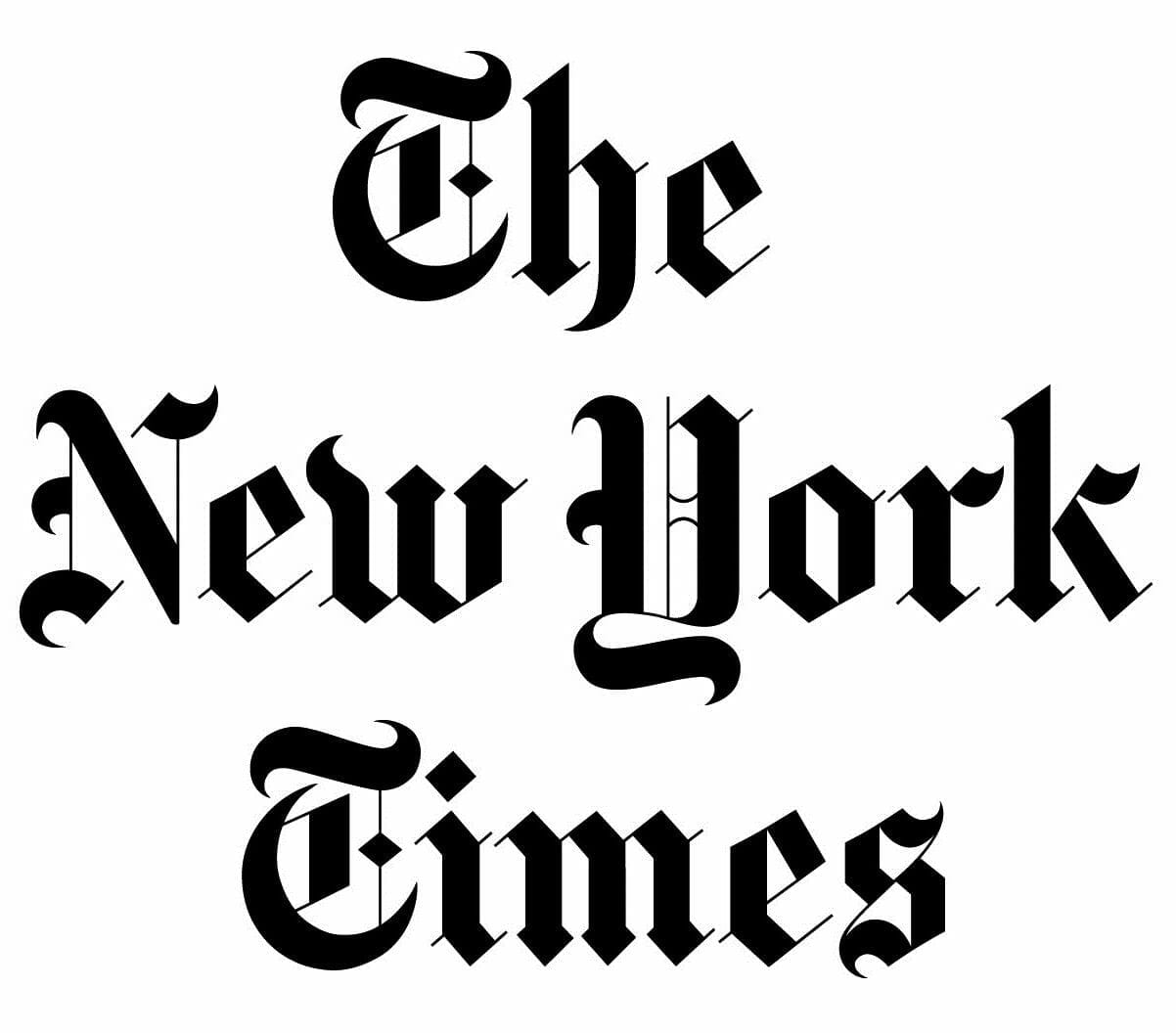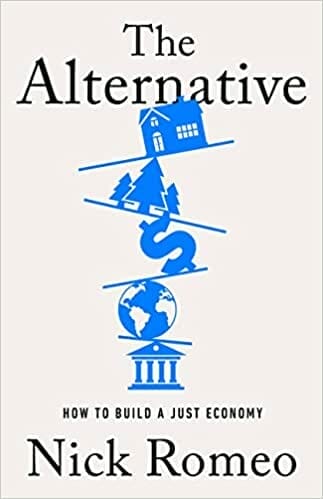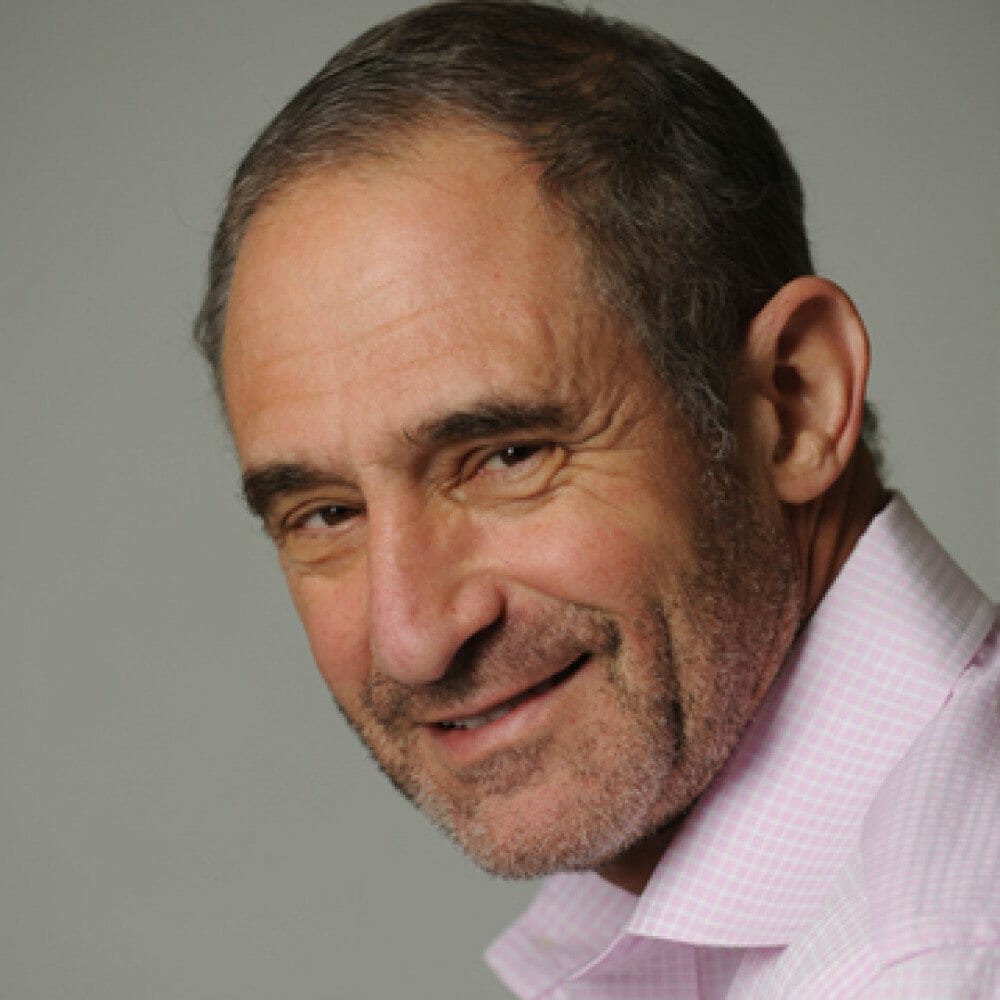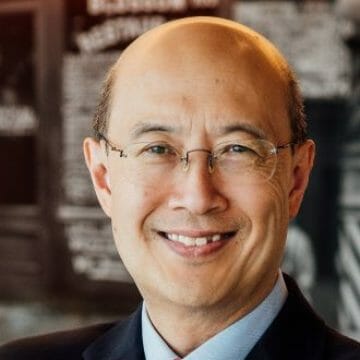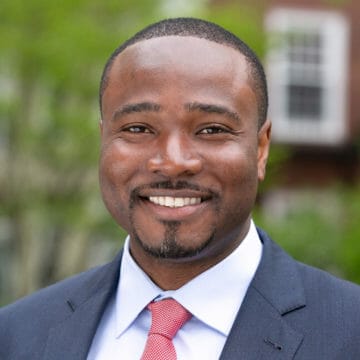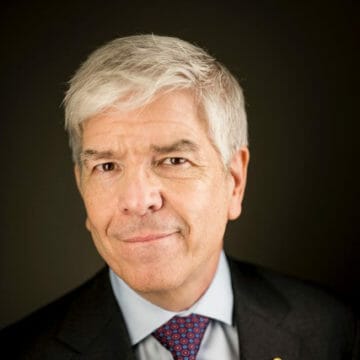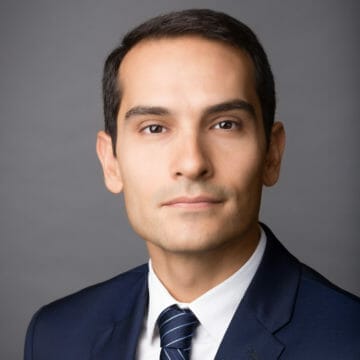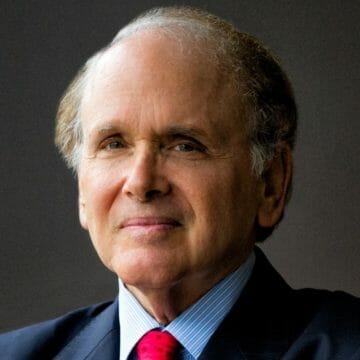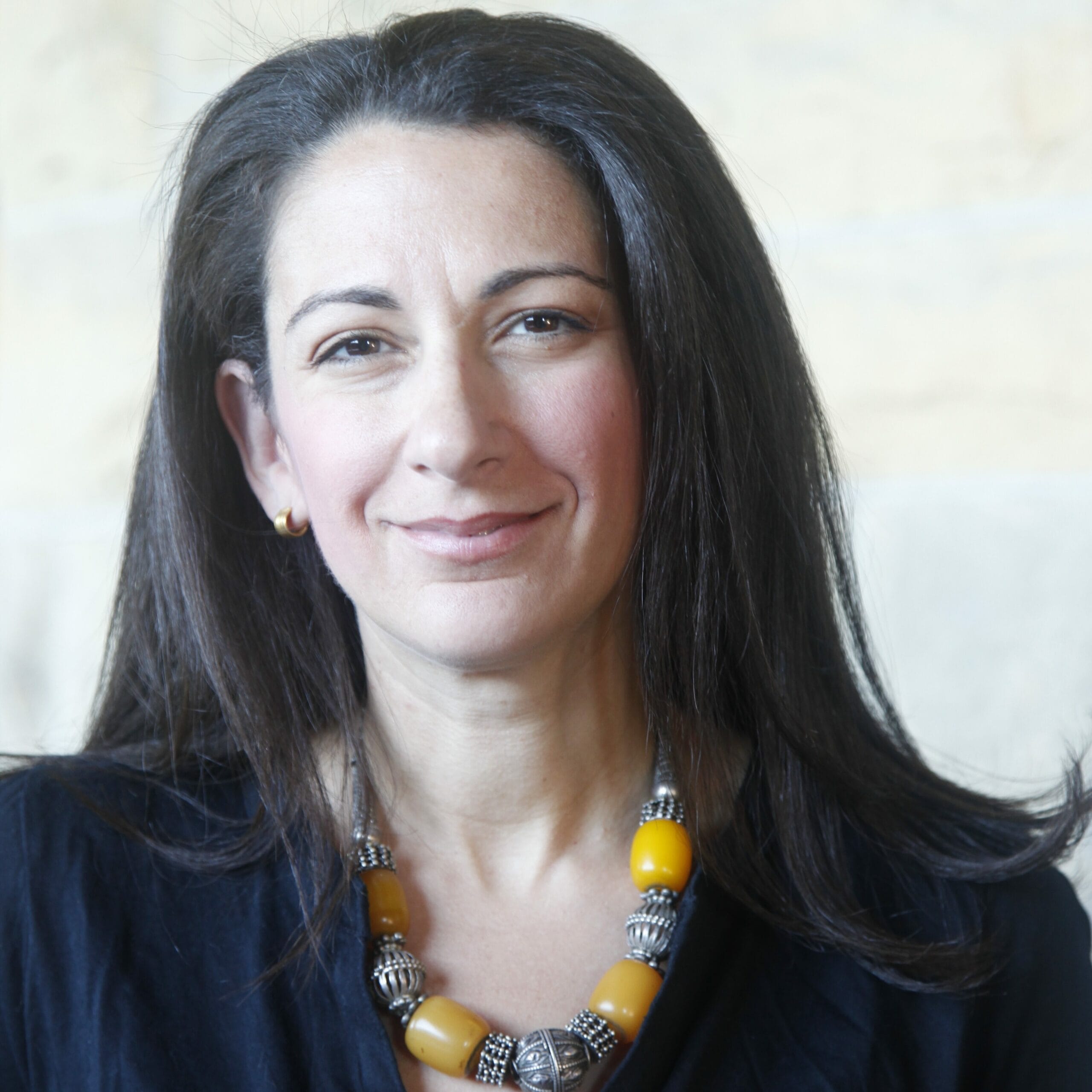Videos
Learn More About Nick Romeo
Why is economics generally considered a settled science when its major models depend on moral and political assumptions about human welfare and the natural world? In the view of renowned journalist Nick Romeo (Ro-MAY-oh), economics is inseparable from politics and philosophy, and we don’t have to be prisoners to what are assumed to be inevitable economic laws.
“Most economics is just political philosophy with a veneer of science and numerical wizardry to shut down further discussion,” explains Romeo, a regular contributor to The New Yorker. “There’s a pretty widespread awareness that the current status quo is not working.”
Challenging the Status Quo: There Is an Alternative
As a journalist and researcher, Romeo traveled across Europe and saw examples of how some businesses, municipalities and even countries are doing things differently to shift the economic paradigm. With a goal of presenting realistic alternatives to the status quo, he doesn’t just offer analysis – Romeo presents real-world examples and case studies of ways businesses, governments and society as a whole can rethink economics.
In his debut book, “The Alternative: How to Build a Just Economy” (Public Affairs, January 2024), Romeo’s approach of pragmatic optimism for the future of global economic policy shows how some long-held truisms can be reimagined to give society a greater sense of choice and possibility.
“The book’s intervention is not simply to diagnose how and why the current system is wrong,” he explains. “It’s a very detailed portfolio of compelling experiments that show, in a non-utopian way – because they already exist – how we might more usefully arrange some aspects of the economy and of our political and social lives.”
Romeo’s extensive research resulted in profiles of innovative economic initiatives like Spain’s Mondragon which, with nearly 80,000 employees and annual revenues of $12.2 billion, is the world’s largest co-op. He also provides an in-depth analysis of the growing trend of putting corporate ownership into perpetual purpose trusts.
Romeo dedicates a chapter to living wages – what the term means, its history, and how a living wage is calculated in the first place. He also takes a detailed look at an Austrian municipality experimenting with guaranteed jobs, making a careful distinction between guaranteed jobs and guaranteed income.
“The function of work is not just the provision of income. It’s also a source of time structure, identity, community, meaning, purpose and more,” he says. “There’s something really meaningful and valuable about being part of the community where you’re all working on things you think are contributing in some way to something larger than yourself.”
On-The-Ground Journalism That Can Lead to Real Change
A practitioner of the disappearing art of research-driven, deep-dive journalism, Romeo is a gifted storyteller who presents a window into some of the great things happening across the world, how they can benefit society now and how anyone – from business leaders and politicians to everyday citizens – can take part.
“I wanted to create a narrative about the motives of people who are actually changing things, what their struggles are, and what we can do to contribute to the flourishing of some of these meaningful ideas,” reveals Romeo. “Together, we can create real systematic improvements to a lot of the fundamental economic drivers of well-being.”
###
Nick Romeo has spent years covering the world’s most innovative economic and policy ideas for The New Yorker. In addition, he has also written for The New York Times, The Washington Post, National Geographic, Rolling Stone, The Atlantic, MIT Technology Review and many other publications. He teaches at the Graduate School of Journalism at the University of California, Berkeley.
Nick Romeo is available to advise your organization via virtual and in-person consulting meetings, interactive workshops and customized keynotes through the exclusive representation of Stern Speakers & Advisors, a division of Stern Strategy Group®.
Lessons From the World's Largest Worker-Owned Company
Worker-owned cooperatives are often dismissed as small, inefficient and idealistic. In fact, they can be just the opposite, supporting both a thriving business and the broader community, says renowned journalist Nick Romeo. In this myth-busting presentation, he presents the case of the Mondragon cooperatives of northern Spain, an organization that employs roughly 80,000 people and generates $12.2 billion in annual revenue. With a fixed ratio between worker salaries and executive salaries of 6:1, he explains how Mondragon’s profit-sharing with workers and strict executive compensation limits has made it a flourishing, dynamic and internationally competitive network of businesses. Audiences walk away with a better understanding of the inner workings of Mondragon’s business philosophy and how it can serve as a model to organizations around the world.
Redefining the Conventional Wisdom of Economics
In a time when uncertainty feels like the dominant tone around the world, economics journalist and author Nick Romeo draws from his book, “The Alternative: How to Build a Just Economy” (2024) to share stories of successful economic programs on display around the world, making the case for an optimistic outlook on the future. In this encouraging presentation, he’ll use real-world examples of successful programs such as the world’s first job guarantee in a small town in Austria and Spain’s largest worker-owned cooperative. He reveals how a growing number of companies are using perpetual purpose trusts to combat wealth inequality and create a more humane and sustainable model of capitalism. Audiences will gain a deeper understanding of the motives of the people who are making these positive changes, what their struggles are and what we can all do to contribute to the flourishing of these meaningful ideas that can benefit businesses, governments and society as a whole.
How to Understand and Implement a Living Wage
To say that workers today deserve to earn enough to afford the basic necessities of life is no longer controversial, and a growing number of businesses of all sizes are making public commitments to pay workers a living wage. However, according to Nick Romeo, economics journalist and author of the book, “The Alternative: How to Build a Just Economy” (2024), one stumbling block is that there isn’t universal agreement on what defines a living wage in the first place. In this eye-opening presentation based on his detailed New York Times article on living wages, Romeo will show how the most influential living wage calculators of today are using far less generous definitions of what constitutes a living wage than those from 100 years ago when the concept originated. Digging deeper, he’ll reveal how many of today’s calculations exclude vital factors like saving for unexpected events and even simple pleasures like occasional meals out and vacation time. Audiences will be empowered to tackle the question of what it would take to reform our concept of living wages for today and how to persuade businesses to pay true living wages.
Job Guarantees: It’s About Much More Than Money
What would happen if any person who wanted to work was guaranteed a rewarding job with decent pay? In an age of increasing automation and deindustrialization, job guarantees are poised to become an increasingly important policy tool, says Nick Romeo, economics journalist and author of the book, “The Alternative: How to Build a Just Economy” (2024). In this revealing presentation, he’ll share the story of a town just outside Vienna, Austria that has implemented a job guarantee program that is being closely watched by economists and policymakers around the world. Drawing on first-person stories from program participants and his influential New Yorker story, Romeo gives an in-depth analysis of the job guarantee pilot program, zooming in on the important distinction that must be made between universal basic income (UBI) programs and job guarantee programs. He helps audiences recognize that even with enough money, many people still value the structure and community provided by a meaningful and useful job. Participants will not only gain a view of current models of job guarantee programs of varying scales throughout the world, but an understanding of how they can make it happen in their community, too.
Calculating The True Cost of Goods and Services
What is the true cost of bread, hamburgers, chocolate, coffee, smart phones, international air travel and everything else our economies produce? Nick Romeo, economic journalist, and author of the book, “The Alternative: How to Build a Just Economy” (2024), says any reasonable answer requires both empirical research and philosophical debate. Many consumer goods have cheap prices, but at the cost of environmentally damaging production processes and abusive labor practices. Drawing on his in-depth New Yorker feature on true pricing, Romeo presents an emerging framework developed by researchers in the Netherlands which provides standardized principles for calculating the true prices of goods. Audiences will learn how true prices are calculated, what assumptions are made by different models and how true prices have the potential to transform our economies, reduce human suffering and protect the natural world.
Using Investment Capital to Decrease Wealth Inequality
The wealth inequality gap is growing at an unprecedented rate. However, says renowned economic journalist Nick Romeo, an increasing number of financial leaders and investment funds are working to close the divide by prioritizing an unexpected new strategy: the cooperative takeover. In this revealing presentation, he outlines the framework in which funds buy businesses on the point of transition, then convert them into some form of employee-ownership, sharing equity with the workers who help create it in the first place. Participants will understand how and why this tool is one of the most direct and impactful ways for investors to decrease wealth inequality. In addition, audiences will learn how cooperative takeovers also have the potential to empower ESG initiatives to deliver on ambitious promises.
What Happens When Purposes, Not People, Own Businesses?
When business owners retire, it’s often difficult to ensure an organization maintains its founding values. As renowned economic journalist Nick Romeo’s research has revealed, more leaders are preparing well in advance to guarantee their values will remain long after their time at the helm has ended. In this eye-opening presentation, he explains how a growing number of retiring founders – as well as younger business owners – are transferring ownership of their businesses to a perpetual purpose trust. Legally stipulating purposes, these trusts typically include profit sharing with employees, stewardship of the environment, donations to nonprofits and other prosocial goals. The trusts also protect these businesses from acquisition by private equity or strategic buyers. Audiences will gain deeper understanding of the power perpetual purpose trusts have to create a more humane and sustainable capitalism.
The Power of Participatory Budgeting in an Age of Democratic Decline
The process of decision making at the government level has become more opaque than ever. At a moment of historic distrust in institutions and erosion of democratic norms, how can people regain agency in the democratic process? In this engaging presentation, renowned journalist Nick Romeo describes the spread of participatory budgeting, a radically direct form of democracy in which people decide how their tax money is spent. He’ll present the real-world example of Cascais, Portugal, where citizens gather at public meetings to discuss how to spend the municipal budget, a process traditionally surrendered to politicians. He’ll break down the participatory budgeting process in Cascais in which firefighters lobby for better trucks, middle schoolers pitch a new skate park and Wi-Fi at bus stops, and nurses ask for a fleet of vans to help with hospice care. In a practice that is increasingly becoming an important part of urban politics, especially in Europe, residents become ultra-engaged through debating measures and seeing the most popular proposals, if they pass a feasibility study, become funded and implemented within three years. Through extensive research, storytelling, practical examples and tips from the process in Cascais, audiences will gain insight into the power of participatory budgeting and will learn how governments and organizations can adopt the model for themselves.
Praise for "The Alternative"
“An enlightening, inspiring read… 'The Alternative' brings together an appealing range of ways people across the west are imaginatively and determinedly contesting the givens in today’s capitalism. There is an ache for better – for more just ways of organizing the way we work and adding more meaning to our lives. You can’t help but applaud Nick Romeo for showing the workable alternatives to capitalism and the moral driver behind them – everything from the way companies are incorporated to how employees are hired, paid and enabled to share in the value they create.”
Romeo spins a series of New Yorker articles into a cohesive argument that there are alternatives “to our disastrous economic status quo.”
The author opens by challenging the basic received truth in neoclassical economics that it is a science, operating under its own set of ineluctable laws and with no political or moral dimension. This alone is worth the price of admission, revealing the increasingly narrow perspective promulgated by academia and the flexibility of thought that comes with the introduction of other disciplines, including history, philosophy, and psychology. Romeo then goes on to survey eight different real-world models based in such heterodox thought: true pricing of consumer goods; the movement for an actual living wage; job guarantees; gig-work platforms that operate as public utilities; worker-owned cooperatives; perpetual purpose trusts that “dethrone shareholder primacy and profit maximization”; participatory budgeting at the municipal level; and the use of private equity to create employee stock ownership plans. Such an exploration may sound technocratic, but Romeo never loses his thread: that these approaches are based on both sound economic policy and a commitment to reject the immiseration of an underclass as an “economic necessity.” Variations on decent, moral, and ethical suffuse the text, continually challenging readers to look beyond cost-benefit analyses; that author argues that “no amount of added value for shareholders…can justify the existence of child labor.” Though the examples Romeo presents are satisfyingly mind-bending, they are largely limited to Europe and the U.S. While this effectively establishes proof of concept in developed economies, it ignores whatever innovation may be taking place in the global south and elsewhere that might further upend traditional economic thought. Nevertheless, it makes a terrific complement to Matthew Desmond’s Poverty, by America for readers looking for practical solutions.
Eschewing both “revolution [and] resignation,” Romeo offers a powerful addition to an urgent debate.
Journalist Romeo debuts with an invigorating investigation of how governments across the globe are implementing creative and practical fixes “to urgent economic problems, from decreasing wealth inequality to addressing the climate crisis and creating meaningful jobs.” In Amsterdam, he explains, some businesses are opting into a “true price” program that incorporates “climate impact, water use, land use, and underpayment to workers” into products’ retail price. For example, a tomato picked by an underpaid worker and delivered with a diesel truck will carry an extra charge, incentivizing companies to institute more ethical practices to remain competitive. Romeo humanizes the policy talk with stories of people affected by the various programs, as when he describes how an out of work cobbler found employment doing carpentry and teaching German as part of a jobs guarantee program in Gramatneusiedl, Austria. Discussions of worker-owned cooperatives in the Basque country of Spain and participatory budgeting in Portugal will expand readers’ conception of what public policy can look like, and Romeo offers an incisive history of how neoliberal economists have limited America’s legislative imagination since the 1970s by falsely asserting that the country’s institutions and fiscal policy were founded on “immutable” laws of economics, and consequently beyond large-scale reform. This is an eye-opening handbook for a better world.
“Carefully researched, beautifully written, engaging stories, filled with wisdom about building economic justice.”
"Informative and courageous. Nick Romeo liberates our economic imagination and puts a backbone into economics as a moral science."
"'The Alternative' got my emotions boiling. After reading the history of how we’ve come to blindly accept that poverty and massive inequality are immutable fixtures of capitalism, I was left angry and disgusted. And yet I felt a strong rush of hope in seeing, through Romeo’s deep research and vivid storytelling, that there are plenty of great solutions out there, and they’re already being put into practice.”
“There is an alternative to capitalism as we know it. Nick Romeo vividly describes the options, giving reason for optimism about a more just and democratic economy beyond the bleak prison of shareholder capitalism.”
“Profound and engaging.”
"Breathes with hope and urgency about building a more equitable economy and society. The hope, however, rests not on fanciful dreams but is grounded in living examples of people and organizations that are already demonstrating their viability."
